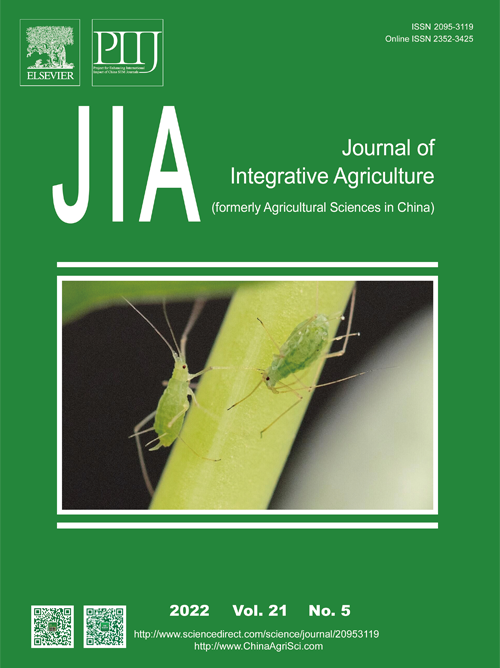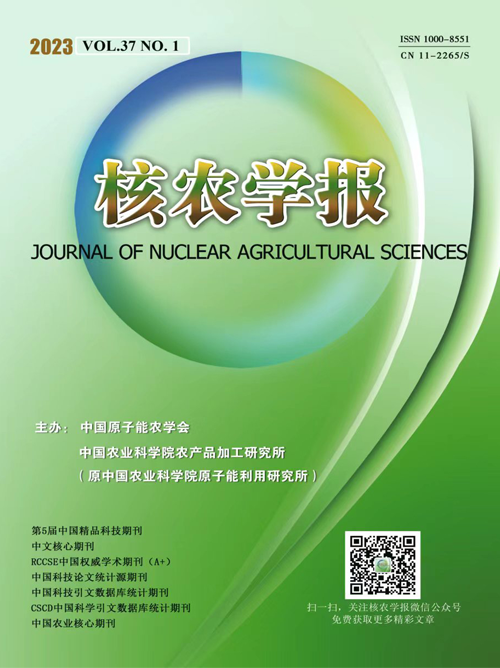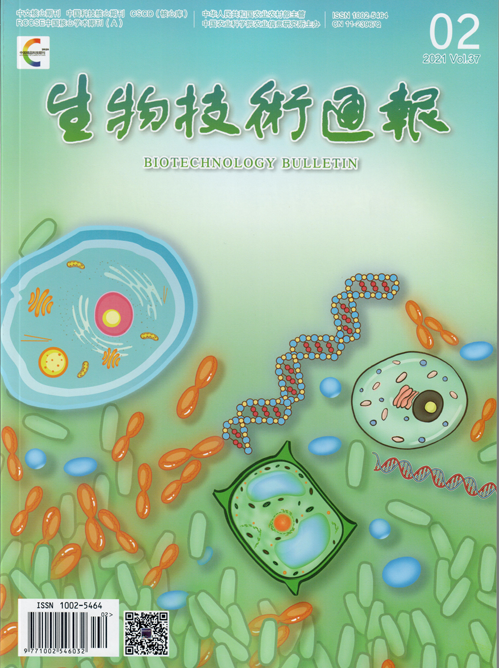During the ongoing 2022 FIFA World Cup in Qatar, fresh vegetables have been served on the tables for players and fans from all over the world, with the help of China's technology to grow vegetables in the desert.
Located on the southwestern coast of the Persian Gulf, Qatar relies heavily on imported vegetables, meat and other agricultural products due to limited arable land and freshwater resources.
Since the end of 2019, the Institute of Urban Agriculture (IUA) of the Chinese Academy of Agricultural Sciences (CAAS) has been providing advanced planting techniques to local agricultural companies in Qatar.
Qi Zhiyong, a researcher at IUA, said that the old cultivation model in Qatar was to grow vegetables inside containers in the desert. The model was not efficient and consumes a lot of energy, as it uses air conditioners to control the temperature in the containers.
Chinese agriculture experts suggested installing shaded greenhouses to cover those containers.
"The sunlight is intense in desert areas. Shading out the sunlight can greatly reduce the consumption of energy and increase production," Qi said.
The research team is currently developing a greenhouse production technique suitable for Qatar. "In the future, the greenhouse in the desert will be used to grow vegetables, rather than just for shading."
To avoid the strong sunlight in the desert, Chinese experts brought an LED light environment control technique to ensure the plants' need for light.
"Different plants need different types of light to grow. We have developed special LED light formulas for different vegetables as well as related equipment," Qi said.
Moreover, IUA has helped improve the pattern of vegetable production in Qatar through the combination of hydroponics and solid active fiber soil technique, or the Leitu technique. "The latter replaces soil with an ecological material mainly made from straw, cotton stalks, and other agricultural and forestry wastes," said Qi, the founder of the Leitu technique.
"Leitu technique has significantly expanded the variety of vegetables that can be grown in Qatar, increased the density of planting, and reduced the difficulty in environment controlling, thus ensuring a high output with low energy consumption," he said.
The combination of hydroponics and the Leitu technique has changed the model of vegetable production in Qatar.
"Hydroponics mainly cultivates leafy vegetables, while the Leitu technique provides growing conditions for more varieties of vegetables such as eggplants, tomatoes, and cucumbers. Currently, we are discussing with our Qatar partners to expand the cultivation scope and grow more types of vegetables," Qi said.
"All these techniques have helped to achieve the standardized management of temperature, light, and humidity control in the process of vegetable growth in containers," he added.
According to IUA, China's technology has increased vegetable production in Qatar from two varieties three years ago to more than 30 varieties, including six types of lettuce, four types of collard, five types of peppers, cabbage, spinach, and celery.
So far, the local enterprises supported by IUA have built several container-made vegetable planting bases in Qatar and achieved the factory production of vegetables under high temperatures of 53 to 55 degrees Celsius in the tropical desert.







